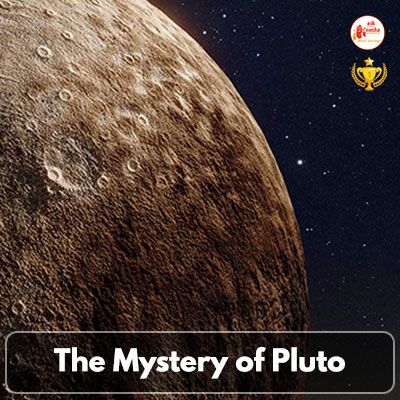
Pluto was discovered in 1930 by an astronomer from the United States. Pluto was known as the smallest planet in the solar system and the ninth planet from the sun.
Pluto is called a "dwarf planet." A dwarf planet orbits the sun just like other planets, but it is smaller. A dwarf planet is so small it cannot clear other objects out of its path. On average, Pluto is more than 3.6 billion miles (5.8 billion kilometers) away from the sun. That is about 40 times as far from the sun as Earth. Pluto orbits the sun in an oval like a racetrack. Because of its oval orbit, Pluto is sometimes closer to the sun than at other times. At its closest point to the sun Pluto is still billions of miles away.
Pluto is only 1,400 miles (2,300 kilometers) wide. That's about half the width of the United States. Pluto is slightly smaller than Earth's moon. It takes Pluto 248 years to go around the sun. One day on Pluto is about 6 1/2 days on Earth. Pluto was the ninth planet in our solar system. Coming right after Neptune in the outer reaches of our planetary system, it was likely made mostly of ice and rock and that it takes about three healthy human lifetimes for it to circle the sun.
But after the New Horizons spacecraft's high-speed flyby earlier this week, there's renewed interest in restoring Pluto's planetary status. Photos, shot from less than 8,000 miles away, showed it isn't some featureless body but instead it has mountains, an atmosphere and is slightly bigger than we originally thought. So are we ready to make it a planet again?
Numerous published reports have indicated that Pluto is still a Dwarf planet but some other scientist who are well known believethat Pluto shouldbe a planet again. My guess is that, at least for space buffs, the argument won't end anytime soon.















 Translate
Translate